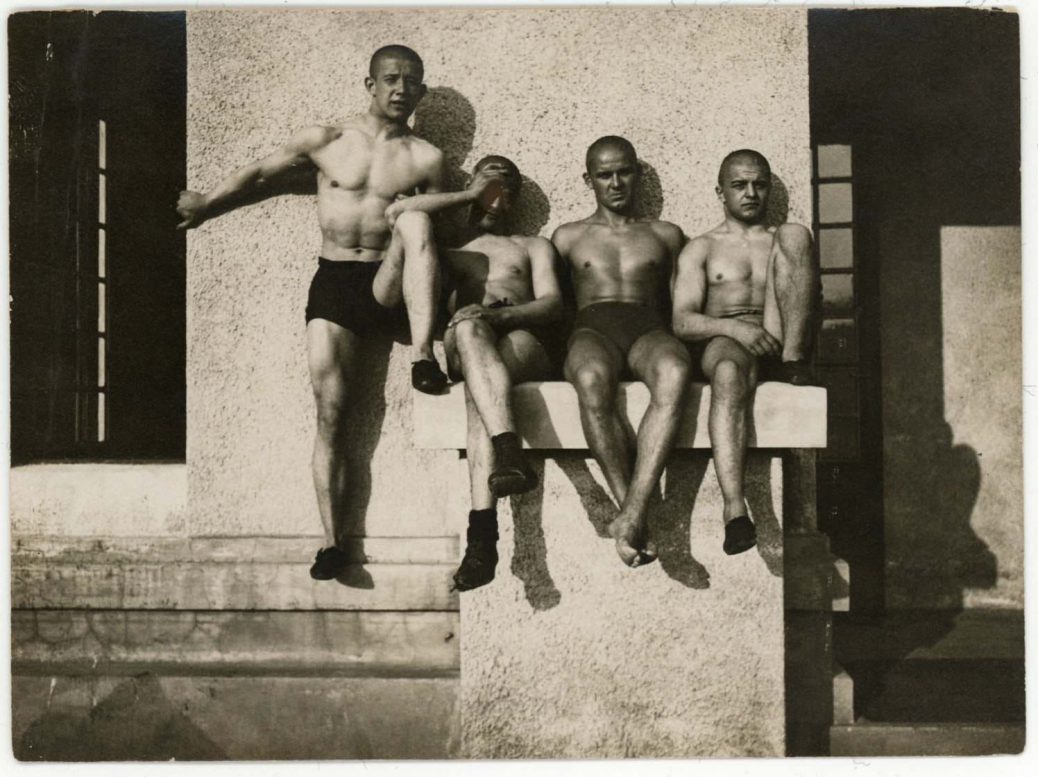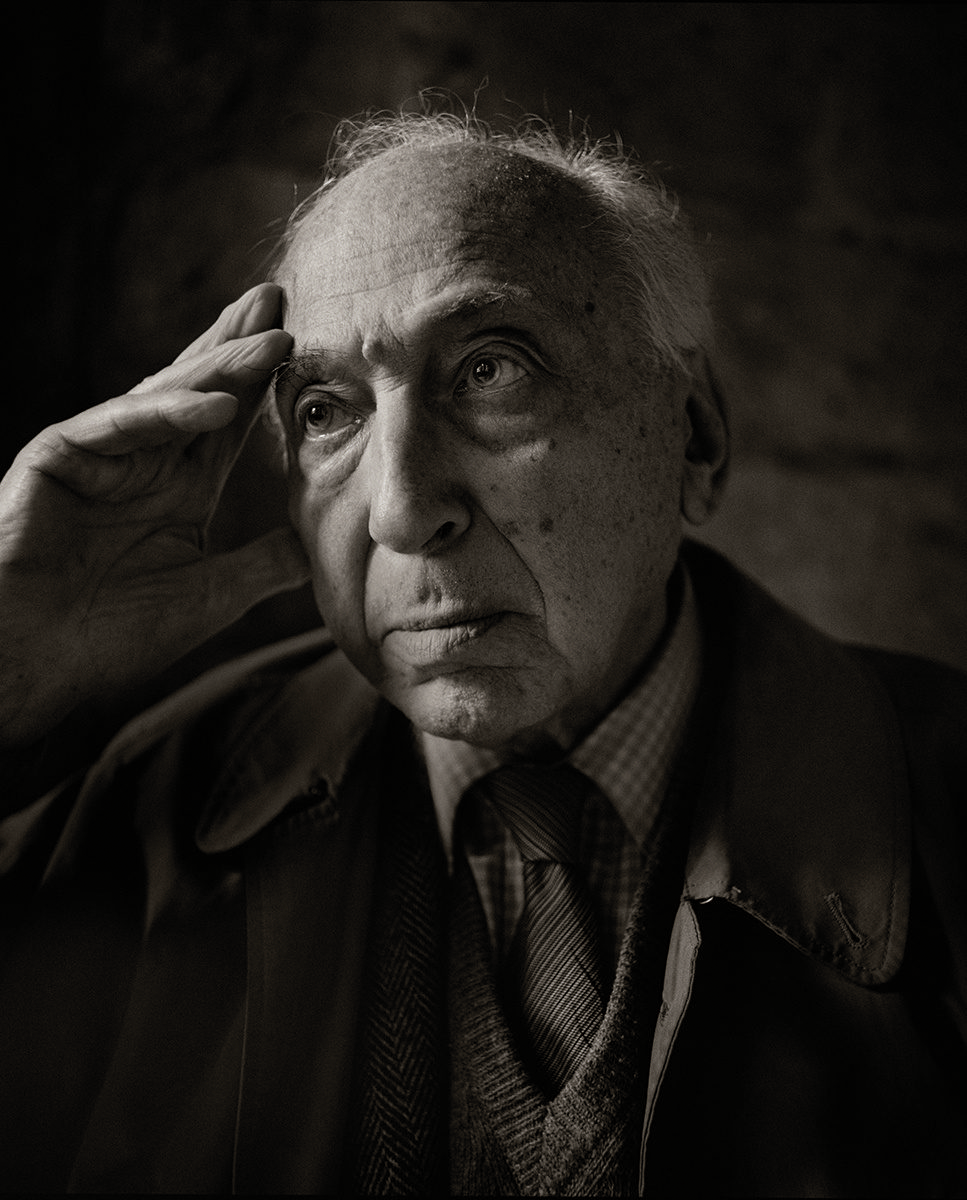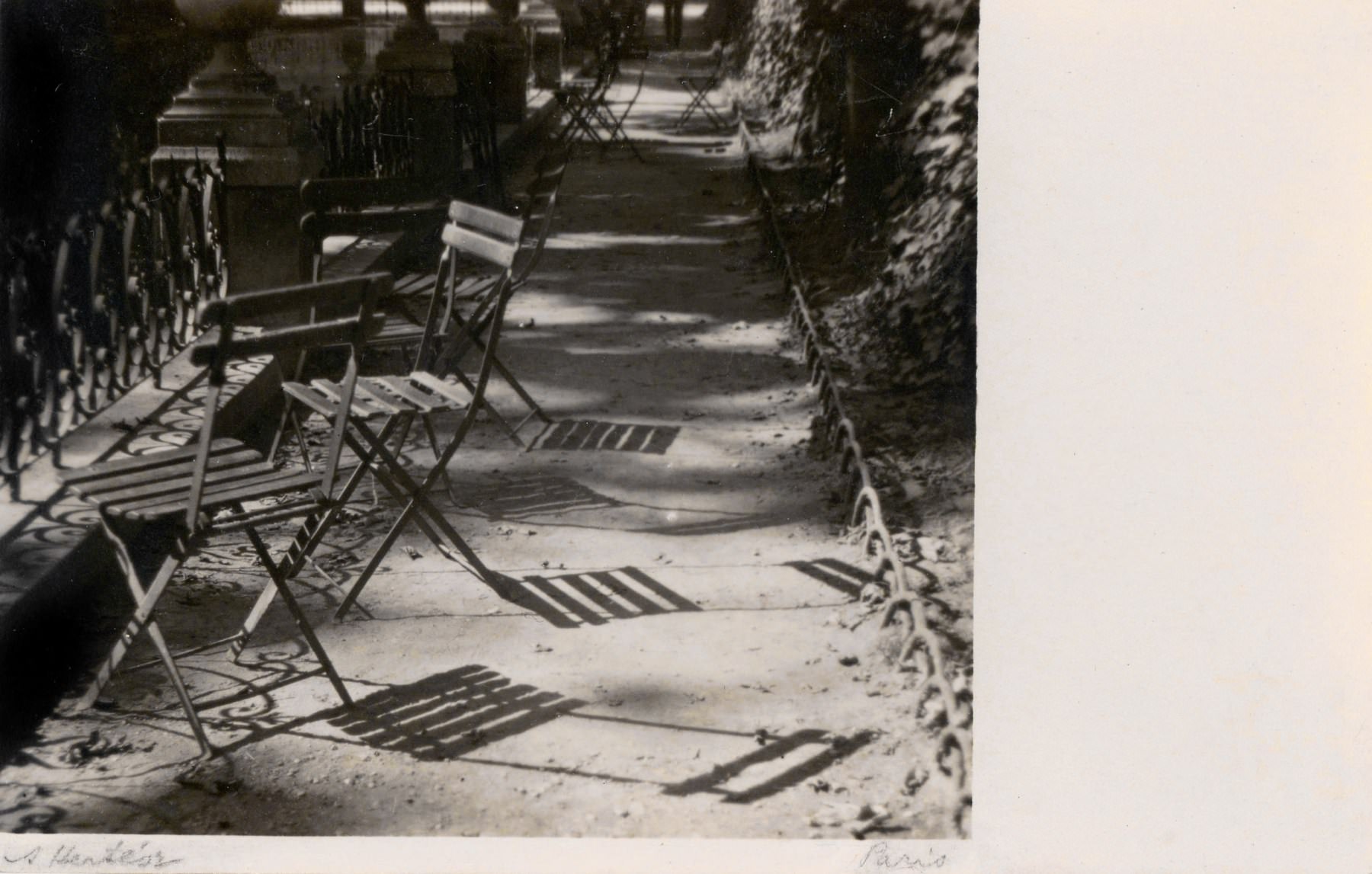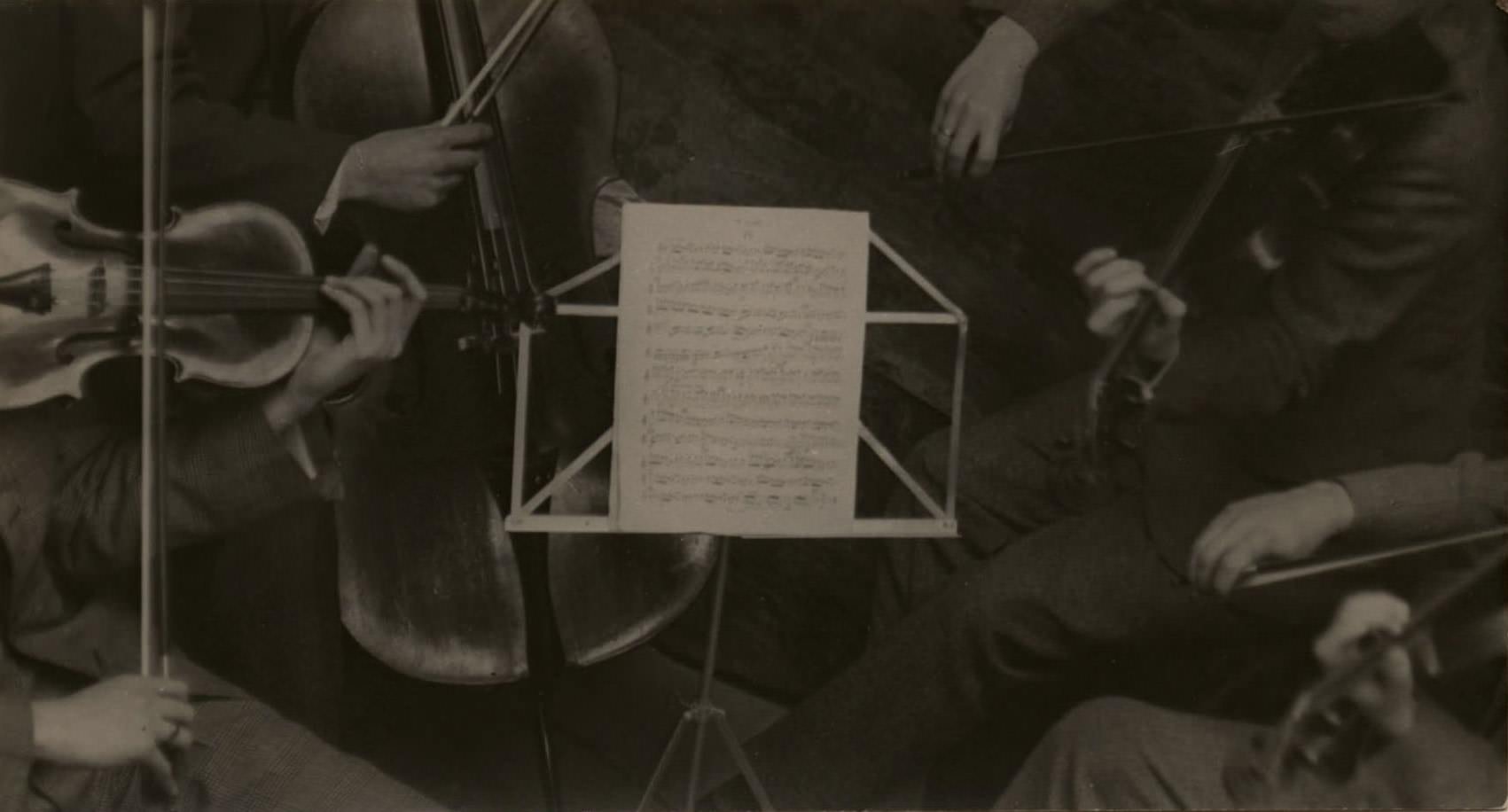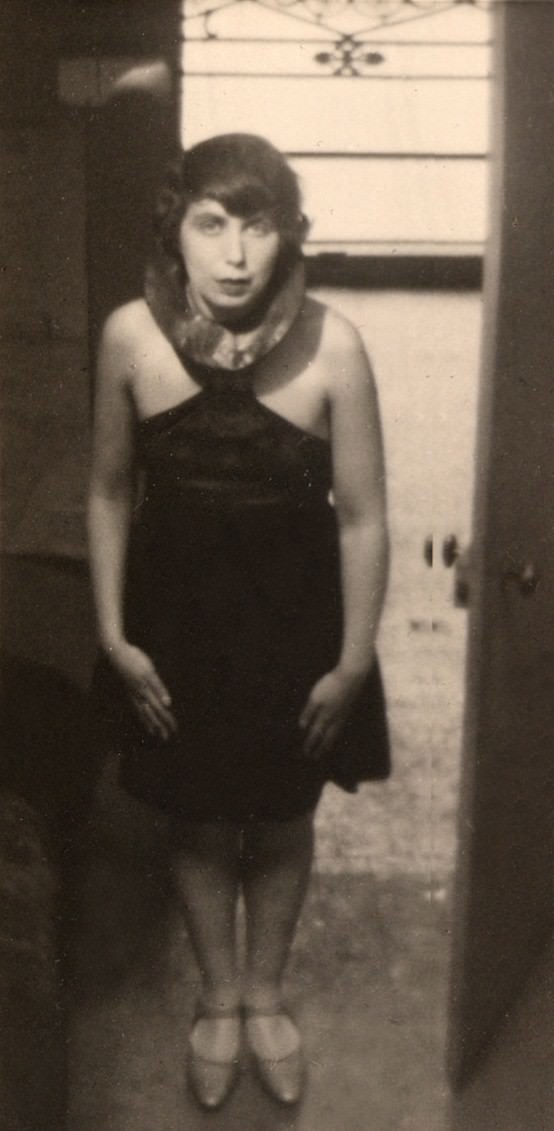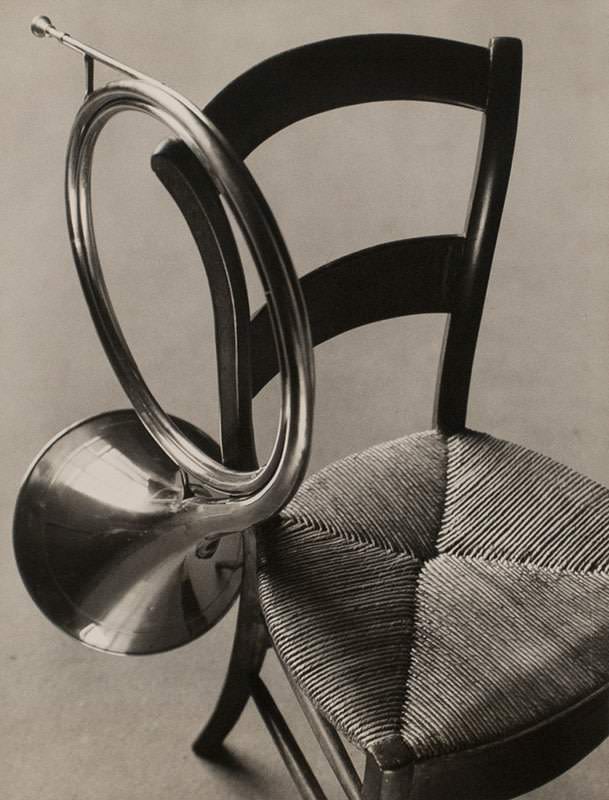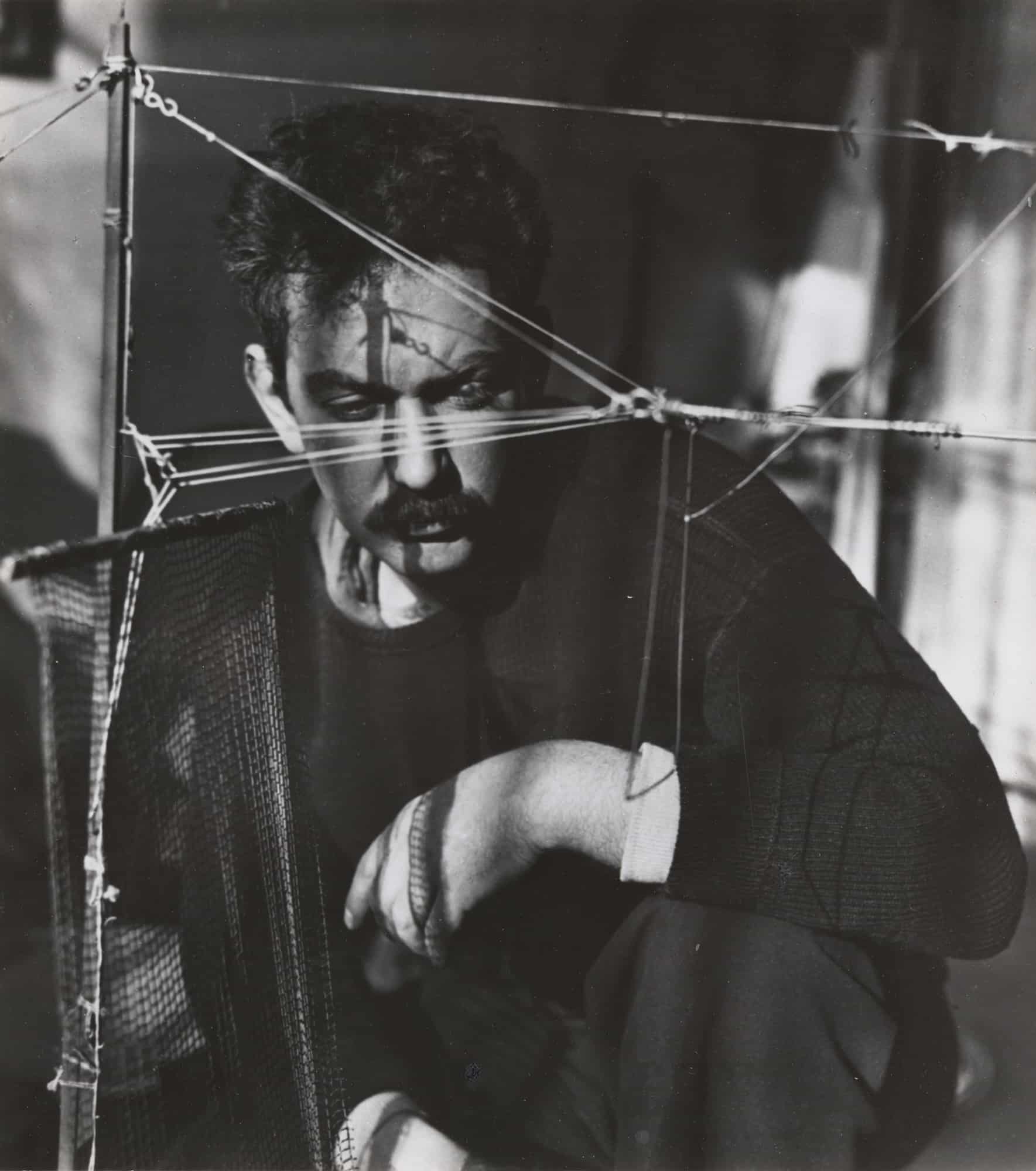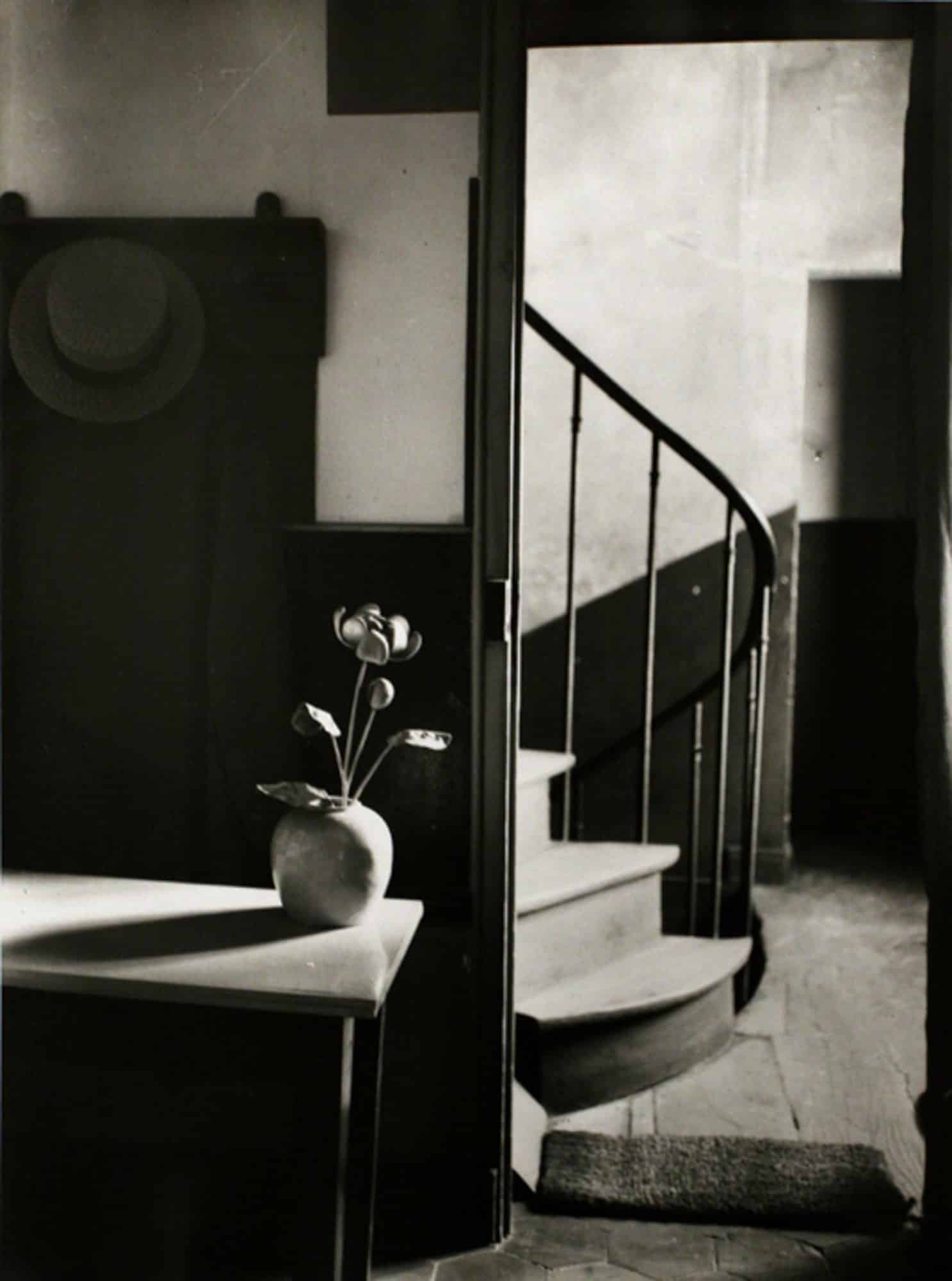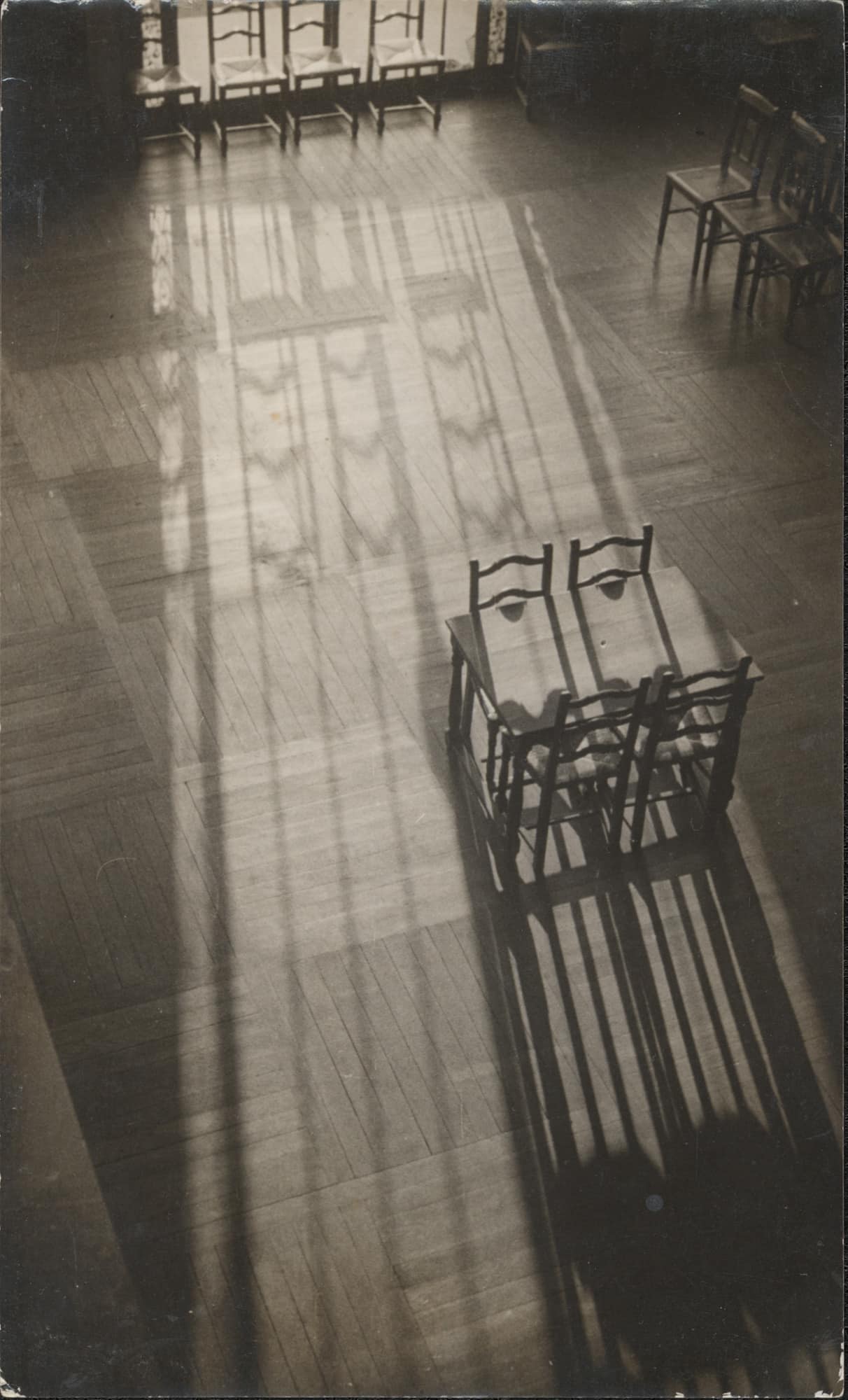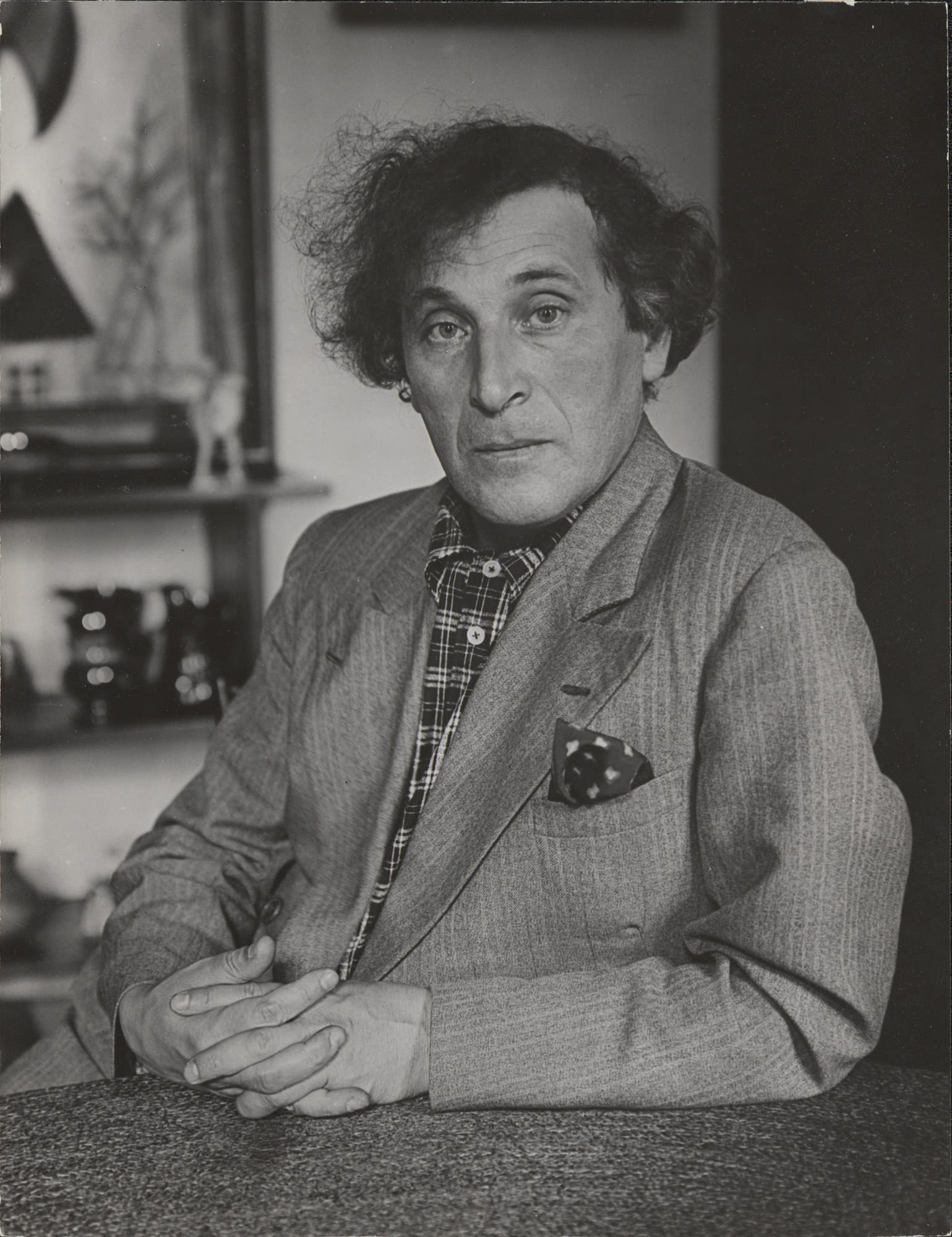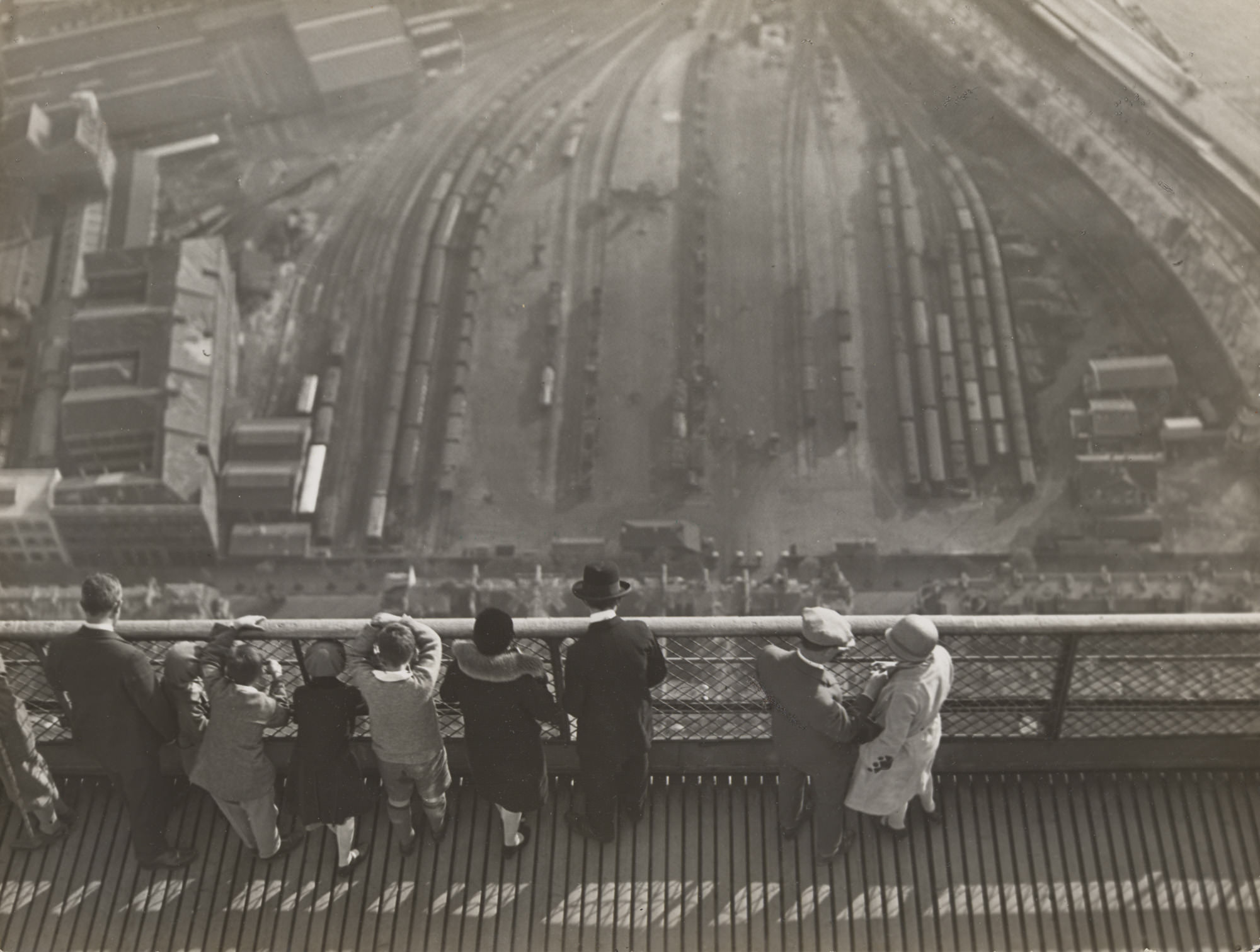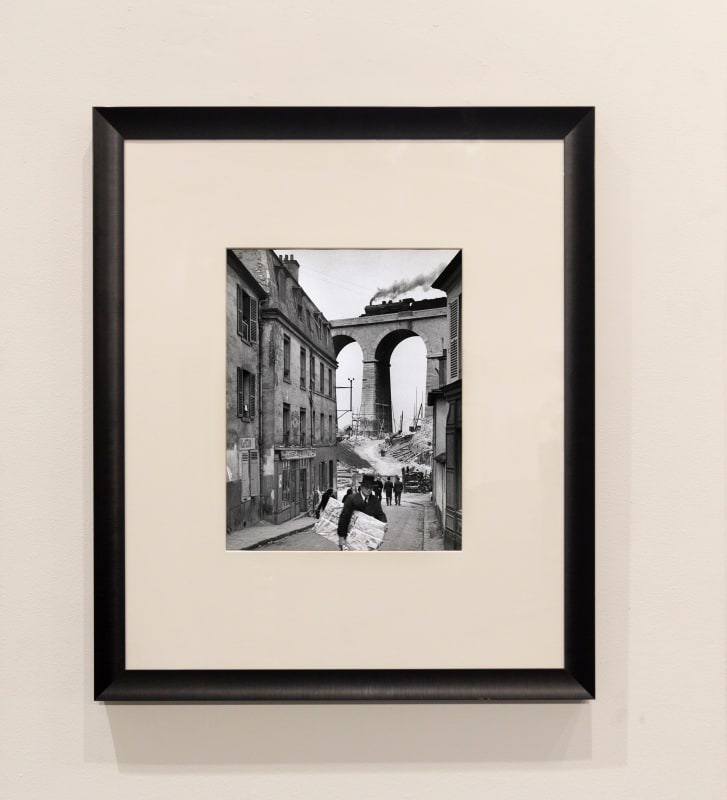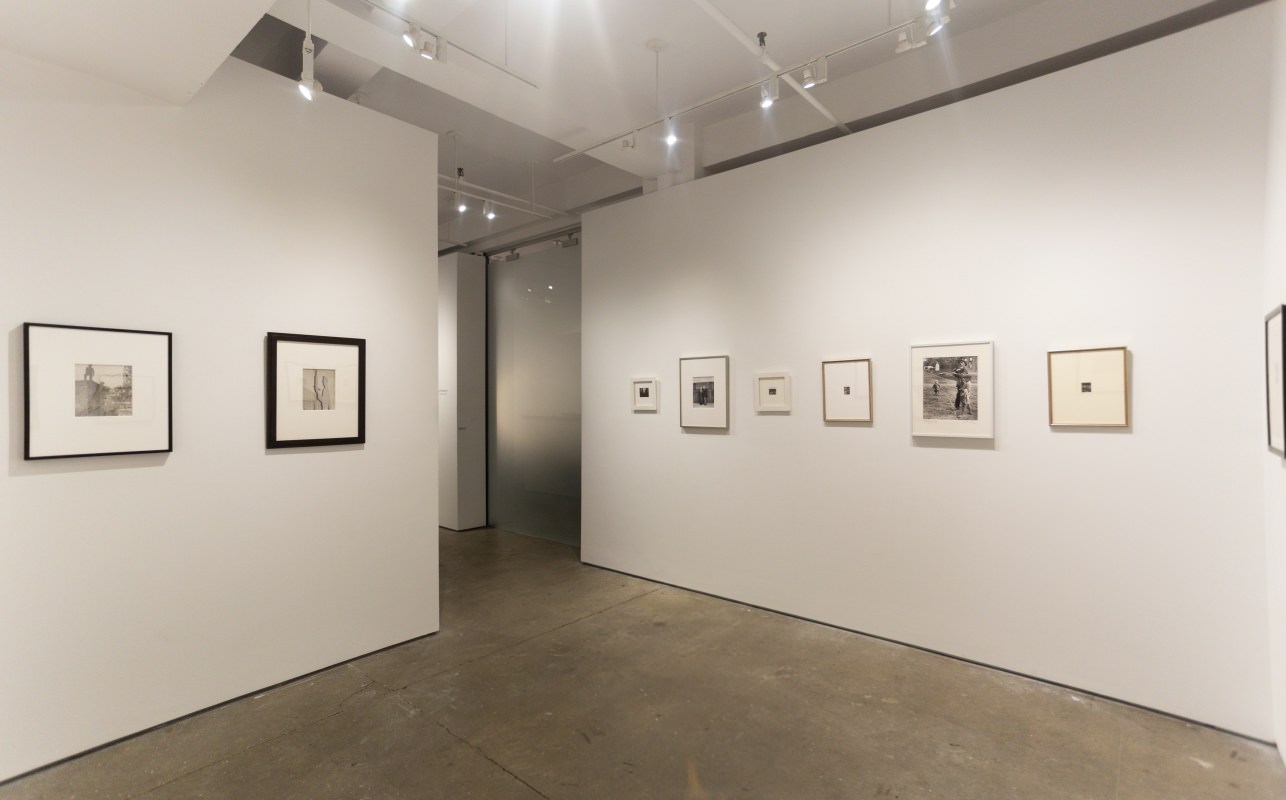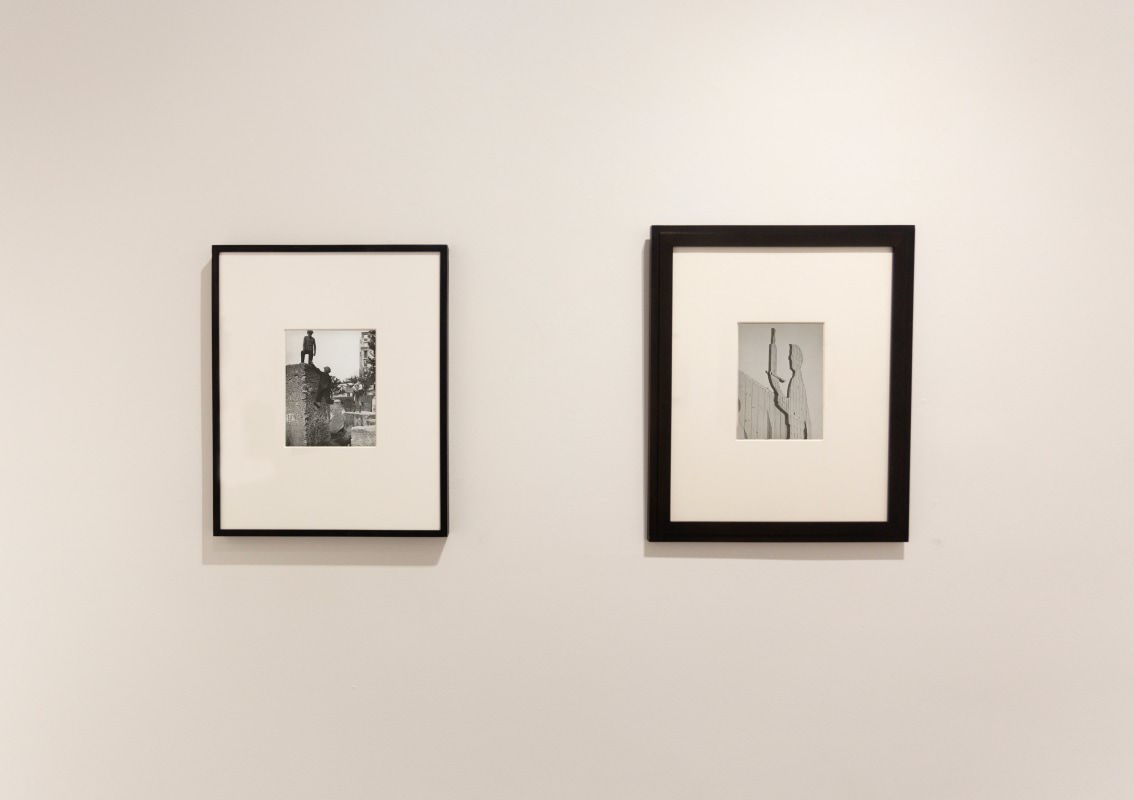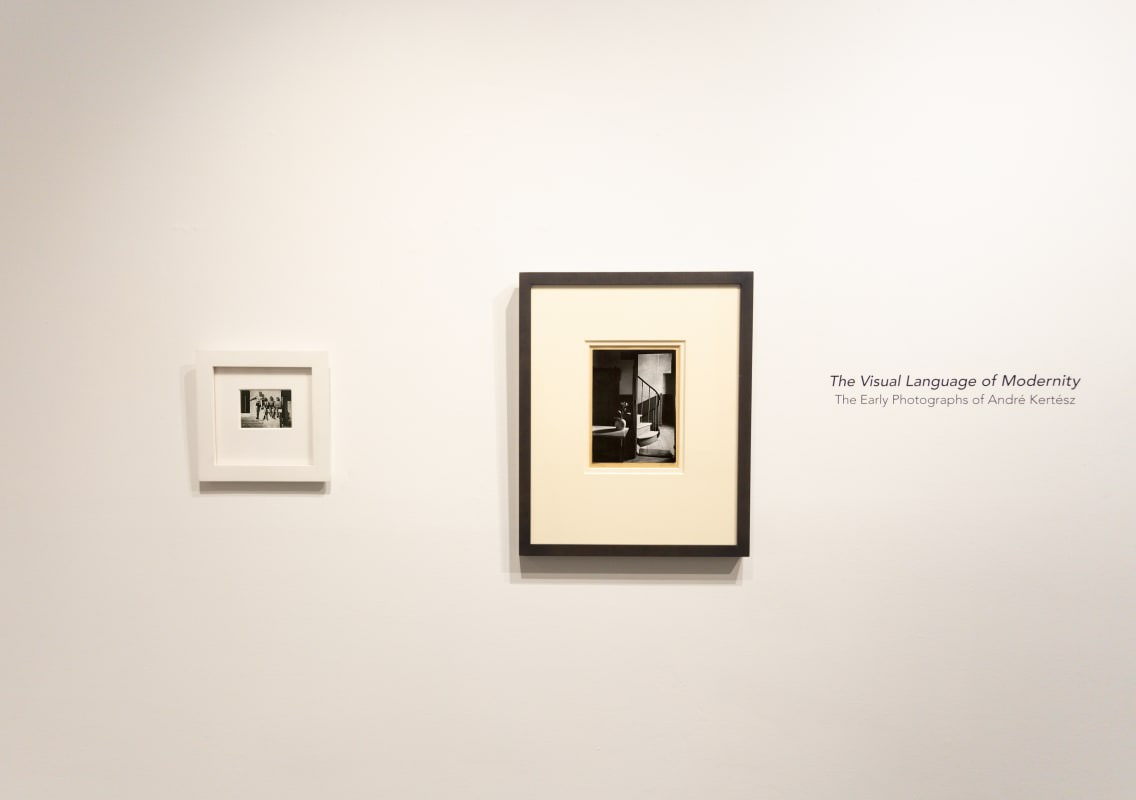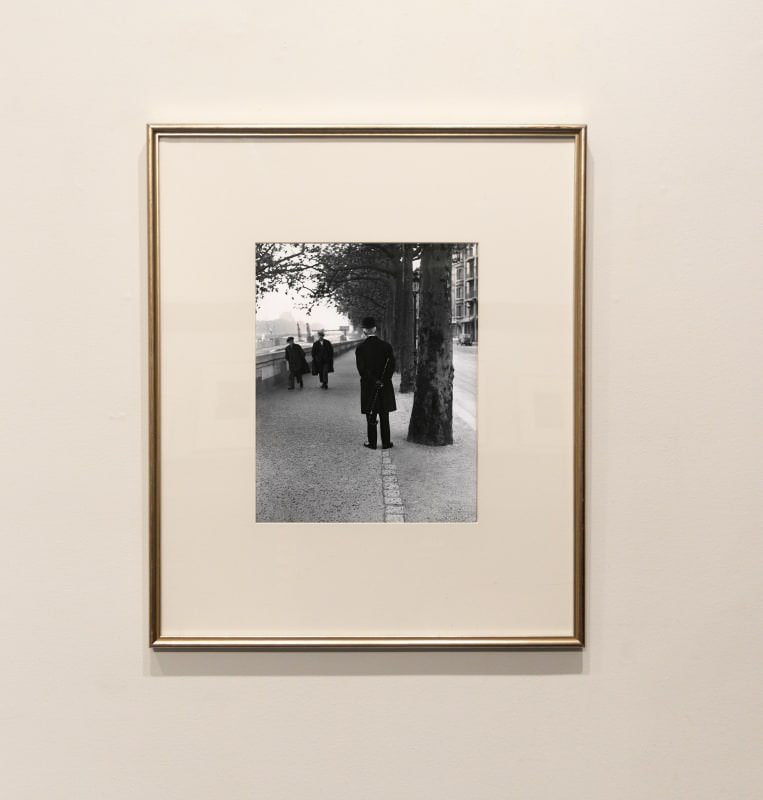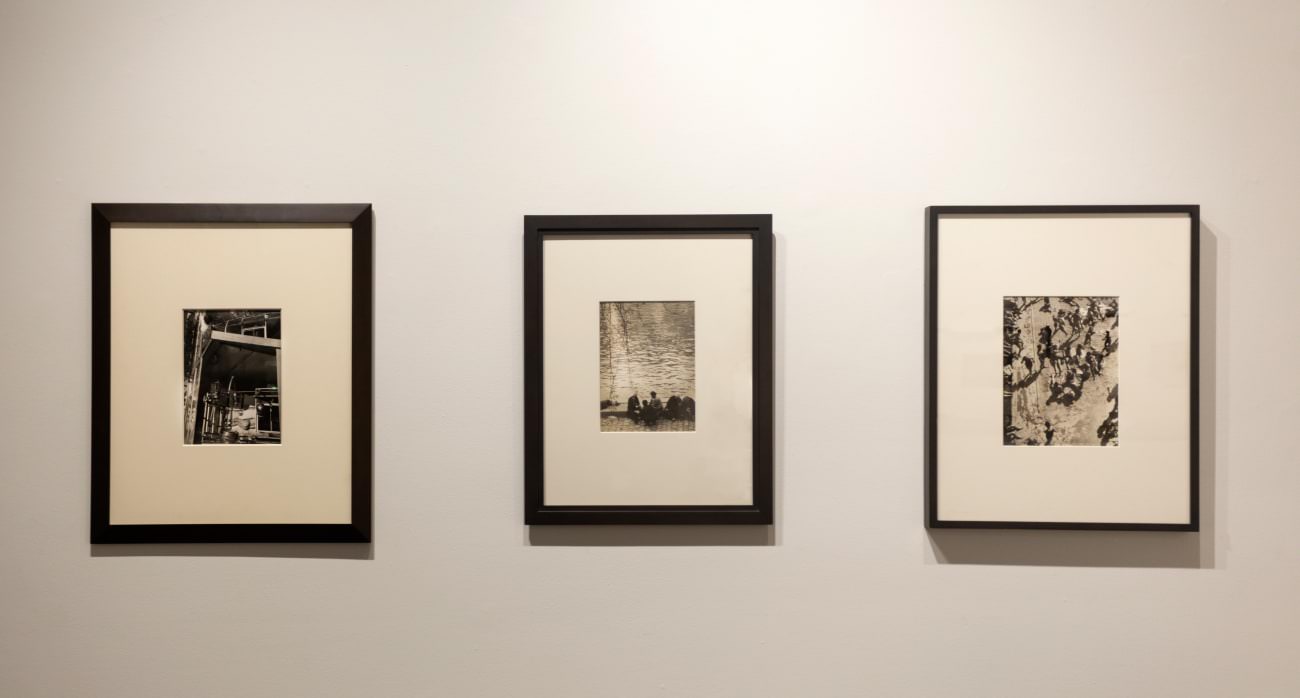The Visual Language of Modernity: The Early Photographs of André Kertész
Bruce Silverstein Gallery proudly presents an extraordinary exhibition titled “The Visual Language of Modernity: The Early Photographs of André Kertész.” Showcasing over fifty original prints of exceptional quality, captured between 1914 and 1936, this exhibition offers a unique glimpse into two pivotal periods of the artist’s career. It explores his works in Hungary from 1914 to 1925 and his later works in Paris from 1926 to 1936, firmly establishing André Kertész as a pioneering figure in Modernist photography.
André Kertész is widely regarded as one of the most influential photographers of the 20th century. Known for his innovative camera angles, unconventional lighting, and close-up cropping, Kertész created images that hovered between reality and surrealism. His compositions, infused with lyricism and wit, became a hallmark of his extensive career. Notably, photographer Henri Cartier-Bresson recognized Kertész’s unique ability to capture seemingly impossible chance encounters, which he later referred to as “decisive moments” in his own work. Kertész’s complex and rich visual language, born out of the Modernist era during World War I and further refined during his time in Paris, has influenced generations of photographers and continues to inspire countless image makers today.
The exhibition commences in Hungary, where Kertész took photographs between 1914 and 1925. As a young enthusiast, Kertész longed to express his creativity and immerse himself in the arts. Despite doubting his ability to judge art objectively, he received a camera as a gift from his mother upon graduating from high school. He began documenting everyday life in his homeland, capturing scenes in Budapest and the surrounding countryside, often featuring his brother Jenö. In these early works, Kertész experimented with formalist compositions and unusual effects, finding profound meaning in ordinary subjects. Among the showcased works is a striking example titled “Group of four men in trunks sitting on a ramp,” taken in 1914 at the onset of war. In this photograph, Kertész focused his lens on fellow soldiers engaged in leisure activities, rather than portraying the ravages of war. The composition takes center stage, featuring a complex grid of rectilinear elements adorned with light and shadow.
Twelve years later, Kertész moved to Paris to pursue a photography career, quickly gaining recognition and exhibiting alongside renowned artists such as Man Ray and Berenice Abbott. Inspired by the vibrant metropolis, he immersed himself in the thriving Parisian art scene, mingling with celebrated modern artists like Marc Chagall, Alexander Calder, Fernand Lèger, Constantin Brâncuși, and Piet Mondrian. Within three years, Kertész produced masterpieces such as “Satiric Dancer” (1926), “The Fork” (1928), and “Meudon” (1928), among many others, which have become timeless classics of modernist photography.
Among his artistic achievements, one photograph stands out as the epitome of Kertész’s creative powers: “Chez Mondrian” (1926). This remarkable print, showcased prominently in the exhibition, was created soon after Kertész’s arrival in Paris when he had not yet mastered the French language. “Chez Mondrian” serves as a visual dialogue between Kertész and the elder Mondrian, allowing the former to convey his admiration and understanding of the painter’s linear compositions. While paying homage to Mondrian’s visual style, Kertész’s earlier work, such as “Group of four men in trunks sitting on a ramp,” suggests that the construction of these photographs was a natural extension of ideas he had been formulating over a decade earlier. These ideas were based on strict vertical and horizontal geometries that Kertész developed before the founding of the de Stijl movement in 1917 by Piet Mondrian and Theo van Doesberg. “Chez Mondrian” was originally a gift from Kertész to his brother and is generously loaned by the artist’s estate for this exhibition.
“The Visual Language of Modernity: The Early Photographs of André Kertész” invites visitors to revisit the artist’s works through a contemporary lens. While Kertész was influenced by various factors during a significant period in history, this exhibition underscores the integral role his Modernist vision played in shaping his perception of the world from an early age.
The exhibition opens on Thursday, May 25th at Bruce Silverstein Gallery.
About the Author
Born in Budapest in 1894, André Kertész embarked on his photography journey after acquiring his first camera in 1912 while studying at the Academy of Commerce. Serving in the Austro-Hungarian army during World War I, Kertész’s talent started gaining recognition when one of his photographs appeared on the cover of Erdekes Ujsay in 1925. That same year, he made the pivotal decision to relocate to Paris, where he began freelancing for various esteemed European publications, including Vu, Le Matin, Frankfurter Illustrierte, Die Photographie, La Nazione Firenze, and The Times of London. In 1928, Kertész purchased his first 35-millimeter camera, a Leica, which revolutionized his photographic approach and had a profound influence on the field. Roaming the streets of Paris, he captured groundbreaking and innovative images. In 1936, he ventured to the United States, working as a freelance photographer for renowned magazines such as Collier’s, Harper’s Bazaar, and House & Garden. Kertész’s exceptional talent led him to secure a contract with Condé Nast, where he worked until 1962. From 1963 until his passing, Kertész independently produced photographs that gained widespread recognition, establishing him as one of America’s most esteemed photographers. His extensive body of work was showcased in numerous publications and exhibitions, including solo exhibits at the Bibliothèque Nationale in Paris and the Museum of Modern Art. A major retrospective, titled “Of Paris and New York,” was held at the Art Institute of Chicago and the Metropolitan Museum of Art. Kertész received numerous honors and awards throughout his career, including a Guggenheim Fellowship and admission to the French Legion of Honor.
Kertész’s profound impact on the world of photography extended to a diverse range of artists. Henri Cartier-Bresson, Robert Capa, and Brassaï were among those who considered him a mentor during the late 1920s and early 1930s, with his work influencing their own artistic development. Furthermore, Kertész’s personal projects in the 1960s and 1970s inspired countless contemporary photographers. By combining a photojournalistic fascination with movement and gesture with a formalist dedication to abstract shapes, Kertész’s work holds historical significance in various realms of postwar photography.
The Visual Language of Modernity: The Early Photographs of André Kertész
May 25 – August 5, 2023
Bruce Silverstein Gallery – New York
More info on:

